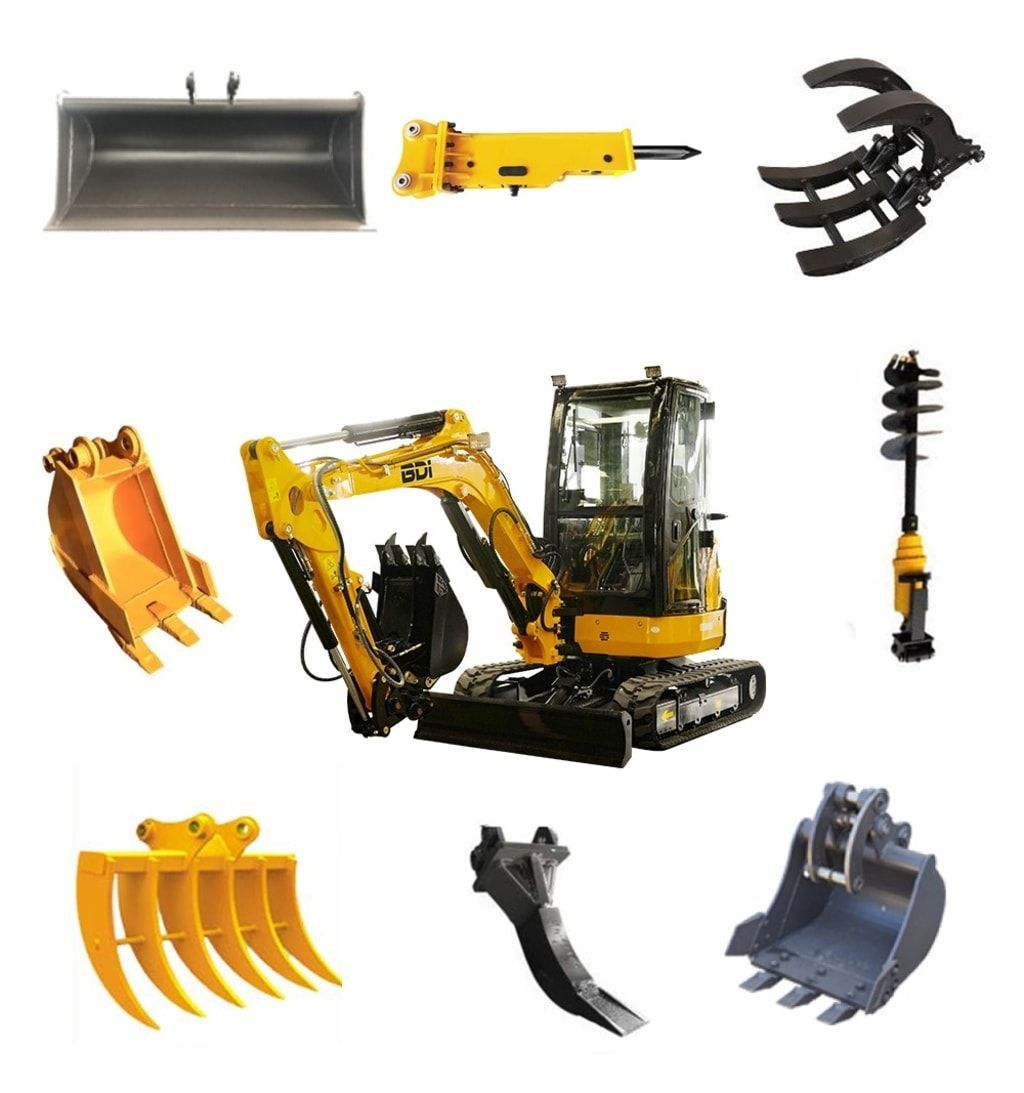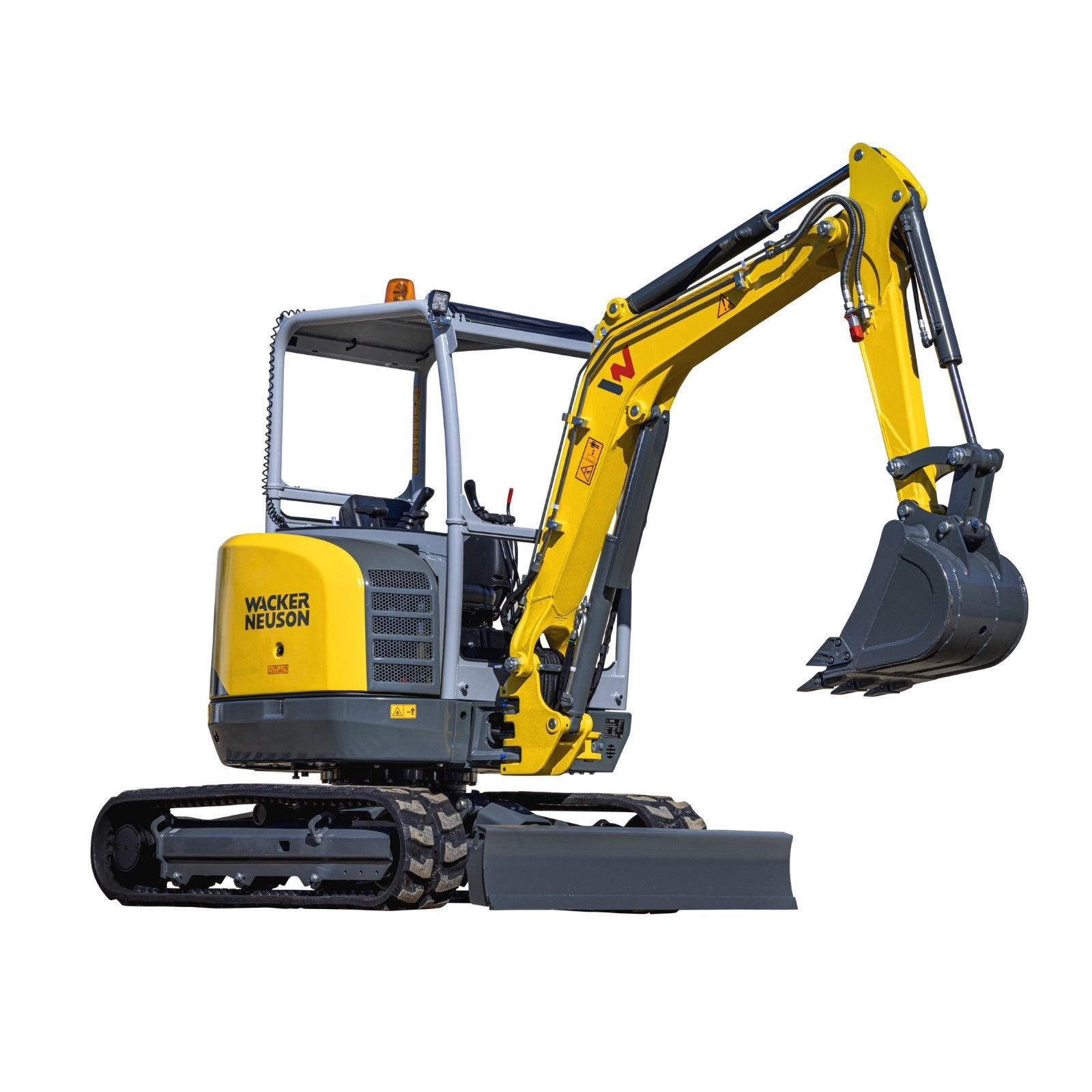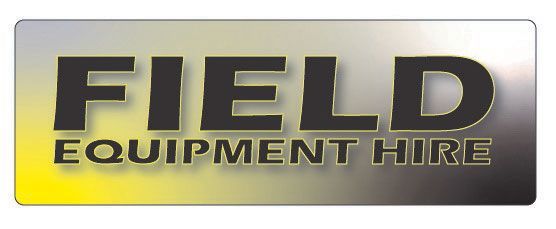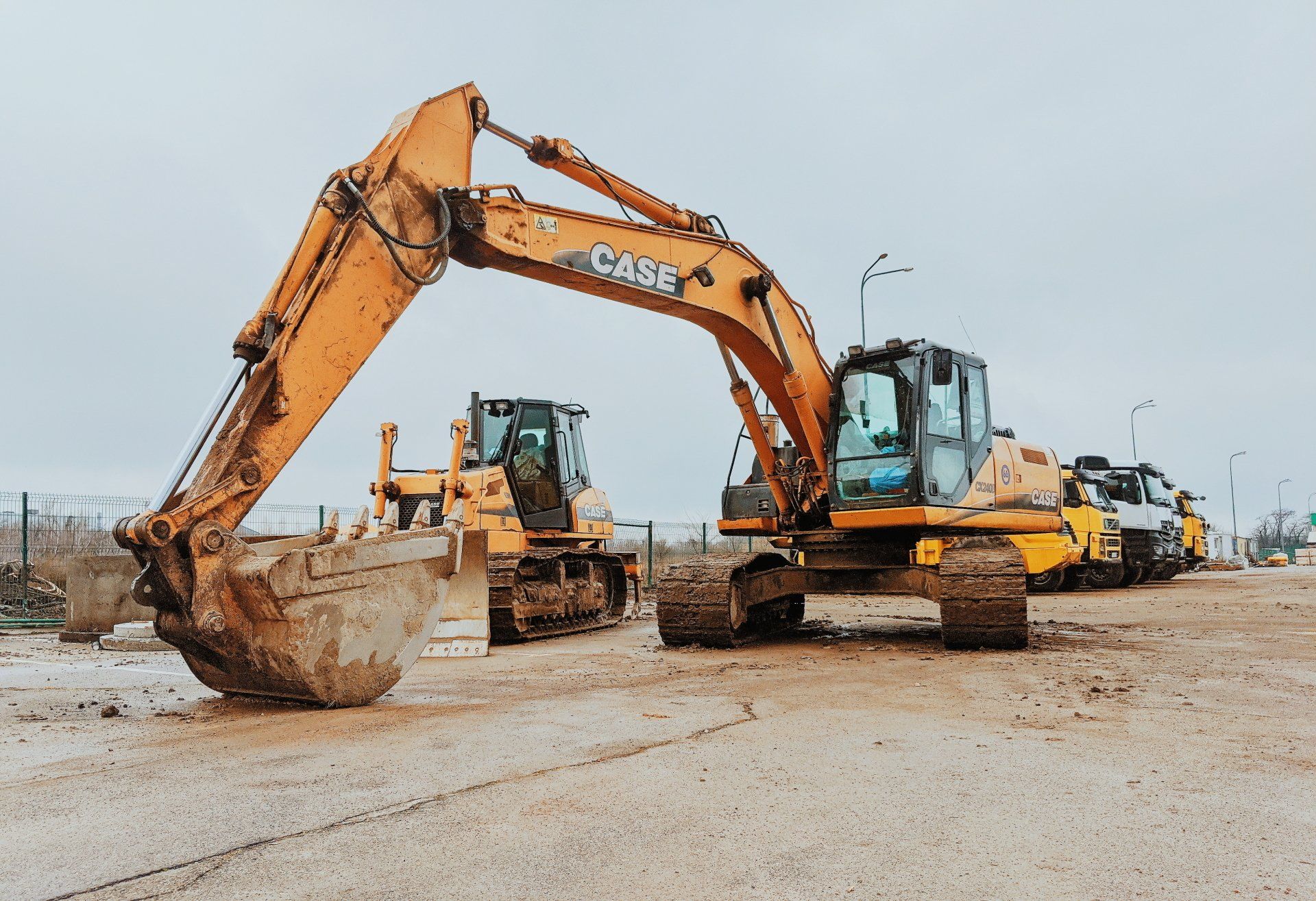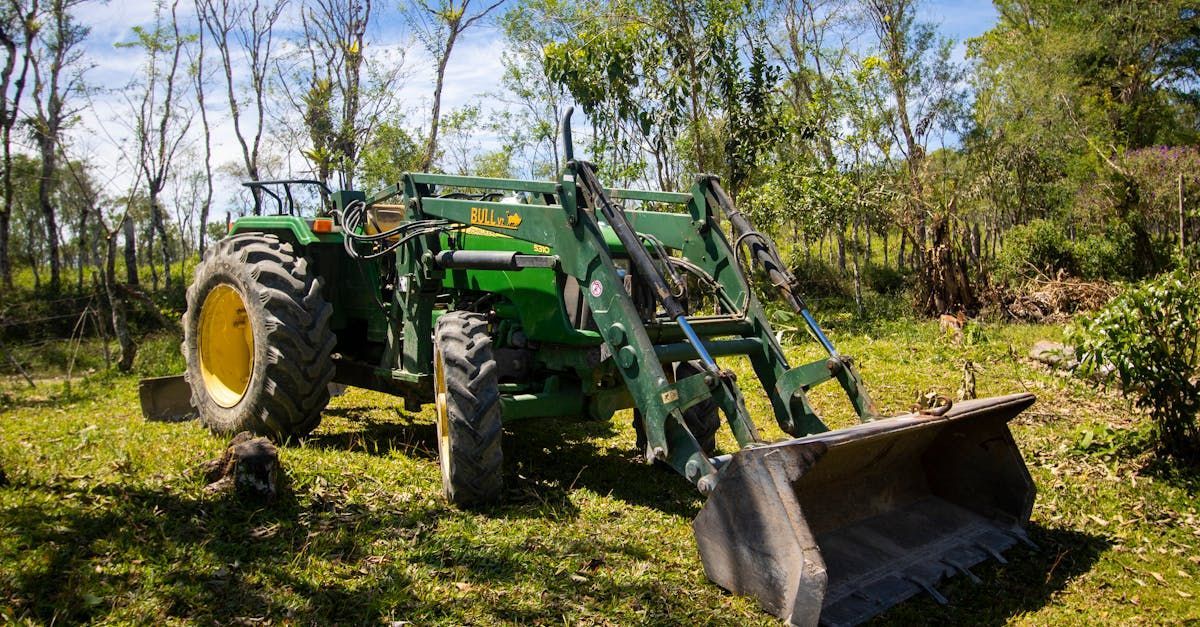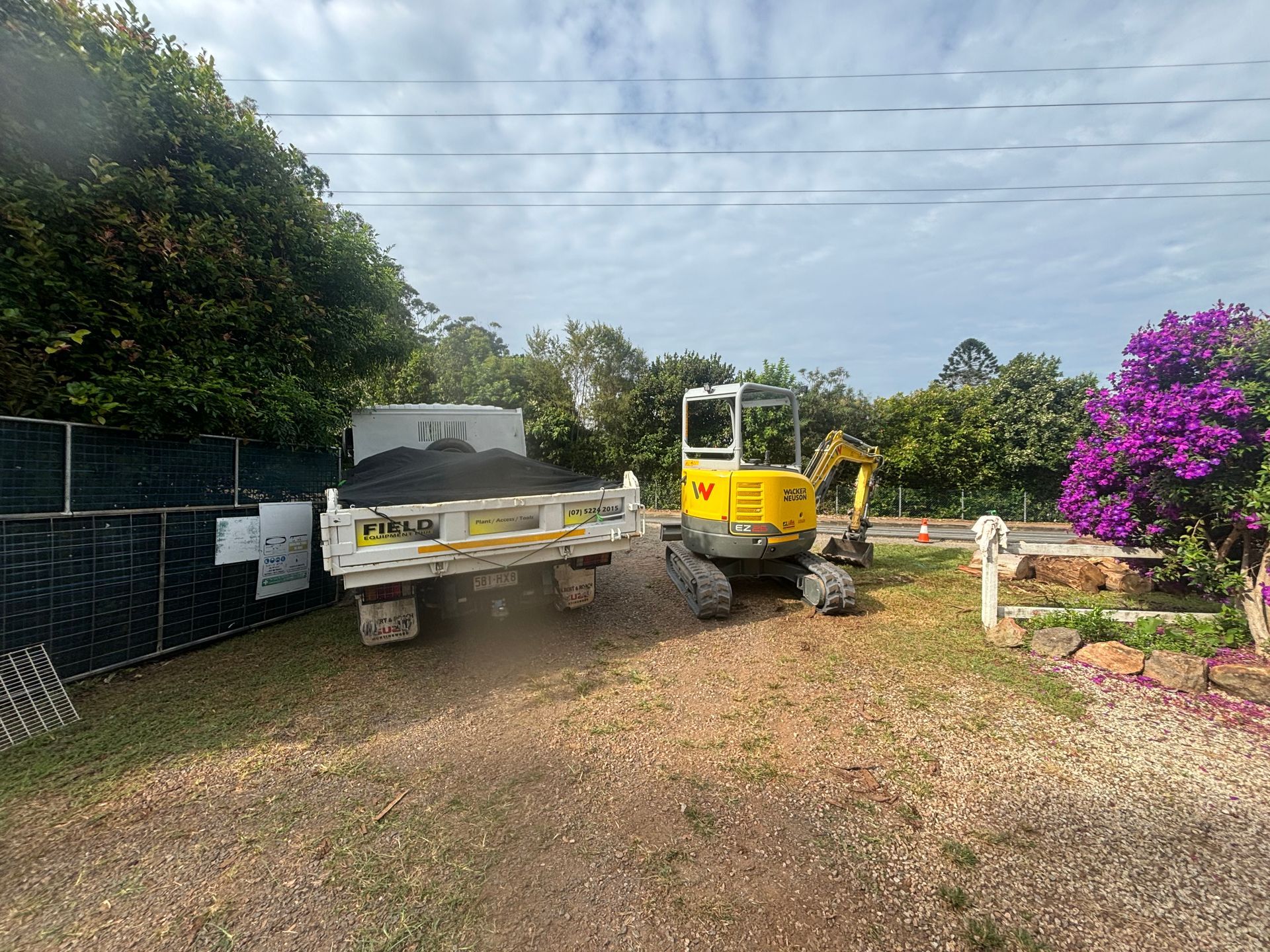Choose the Right size Excavator
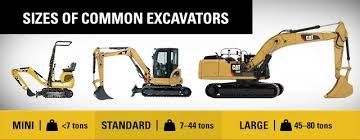
Choosing the right mini excavator for your project is crucial to maximizing efficiency, minimizing costs, and ensuring the quality of your work. Mini excavators are versatile machines capable of a wide range of tasks, from digging trenches to demolishing small structures. However, selecting the best size depends on several factors, including the project's scale, the workspace's size, and specific job requirements. This guide will help you understand the different sizes of mini excavators available and their best uses to optimize your work on any site.
Understanding Mini Excavator Sizes
Mini excavators are typically categorized by their operating weight, which includes the weight of the machine itself plus a standard bucket and typically ranges from 1 ton to 10 tons. The weight class often correlates directly with the excavator's power and capabilities such as maximum digging depth, reach, and lifting capacity.
1. Micro Excavators (1 Ton or Less)
Best for: Tight spaces, indoor work, light landscaping, and small projects.
Uses:
- Digging small trenches for plumbing or electrical lines.
- Removing stumps and digging garden beds in residential properties.
- Working inside buildings or in backyards with limited access.
Micro excavators are perfect for jobs in confined areas where larger machines cannot access. Their compact size allows them to pass through doorways and operate in tight spaces without damaging the surroundings.
2. Mini Excavators (1 Ton to 3.5 Tons)
Best for: Residential landscaping, small construction projects, and utility works.
Uses:
- Digging trenches, holes, and foundations.
- Demolishing small structures.
- Repairing sewer lines.
- General landscaping and pool installations.
These excavators are ideal for small to medium-sized projects where a balance between power and size is essential. They offer excellent maneuverability and sufficient power to handle a variety of tasks without being too bulky.
3. Mid-sized Mini Excavators (4 Tons to 6 Tons)
Best for: Medium construction sites, demolition projects, and substantial landscaping work.
Uses:
- Excavating residential basements or large swimming pools.
- Large-scale landscape grading and complex sewer repairs.
- Demolishing buildings and other concrete structures.
Mid-sized mini excavators are more robust and provide deeper digging depths and greater power. They are suitable for projects that require more extensive excavation but still benefit from the compact size of a mini excavator.
4. Largest Mini Excavators (6 Tons to 10 Tons)
Best for: Large construction sites, heavy-duty digging, and demolition needs.
Uses:
- Digging and backfilling large trenches for industrial construction.
- Demolition of larger structures.
- More significant landscaping and site preparation for commercial properties.
These excavators combine the benefits of mini excavators with the capabilities of a standard excavator, making them suitable for heavy-duty tasks that still require a compact machine.
Factors to Consider When Choosing a Mini Excavator
1. Project Requirements
Evaluate the scale of the project. Consider the depth and breadth of excavation needed and whether the machine will be used for multiple tasks, such as digging and demolition.
2. Site Conditions
Assess the working conditions of the site. Tight urban spaces, soft soils, and indoor requirements can all influence the best mini excavator size.
3. Attachment Needs
Consider what attachments you will need. Different sizes of excavators support various attachments like breakers, augers, or grading blades, which can impact the size choice.
4. Transportation and Access
Think about how you will transport the excavator to the site. Larger mini excavators might require more substantial transportation means and better site access.
5. Operator Comfort and Safety
Ensure the excavator provides adequate comfort and safety features for operators, especially for projects that require many operational hours.
Conclusion
Choosing the right size mini excavator is not just about the scale of the project but also about how precisely the excavator fits within the project’s specific needs like space constraints and the type of job at hand. At Field Equipment Hire, we offer a wide range of mini excavators from micro to large mini excavators that can suit just about any need. Whether you're digging a pool, laying pipes, or preparing a landscape, we have the right equipment for you.
Visit Field Equipment Hire to browse our selection or contact us for personalized advice on choosing the right mini excavator for your project's needs. Optimize your efficiency and ensure the highest quality in your construction or landscaping project with the perfect mini excavator size!

